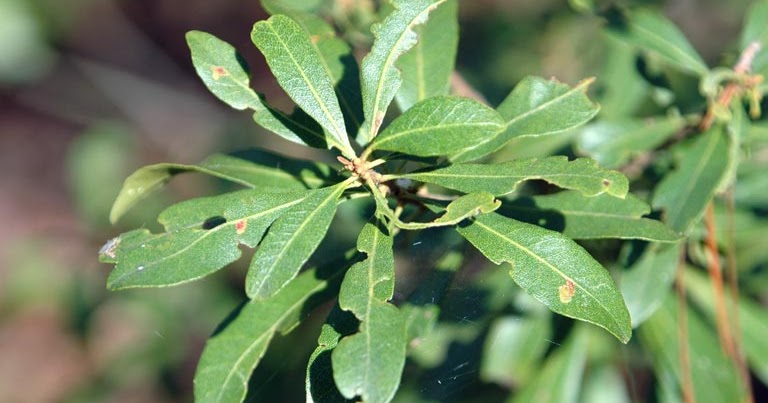

A closely related species, Northern Bayberry (Morella pensylvanica), occurs along the northern coastal plain from Newfoundland south to North Carolina but differs in its smaller size and its semi-evergreen to deciduous foliage. Native from southern New Jersey and Delaware south to Florida and Texas, Wax Myrtle or Southern Bayberry is a southern species, hardy only to zone 7. You will need both to insure the handsome fruit. Wax Myrtles are usually dioecious meaning they have separate male and female plants only female plants produce the fragrant fruit, but occasional populations produce both female and male flowers on the same plants, rather unusual but a useful adaptation. The berries are covered in a thick whitish waxy coating from which bayberry candles are made. These persist throughout the winter providing beauty for our landscapes and food for all our wintering songbirds. In fall the females produce small round pewter-gray fruits that are densely clustered along the branches. The narrow wedge-shaped leaves are a lustrous olive green if you look closely, you can see they are dotted on both the upper and lower surface with yellow and brownish resin glands that yield the spicy bayberry aroma when rubbed or crushed (hmmm, that wonderful smell). All parts of the shrub are delightfully aromatic, with a strong bayberry fragrance. They offer a handsome fine-textured, billowy habit growing quickly to about 10 to 15’ in height but are capable of reaching 25’.

Not only are Wax Myrtles a beautiful native evergreen (large shrub or small tree depending on how you prune it) but they are also tremendously adaptable and easy to grow. Our evergreen Wax Myrtle or Southern Bayberry is handsome in every season of the year but it particularly sparkles in the winter after the leaves of deciduous trees have fallen leaving a gray and brown landscape.


 0 kommentar(er)
0 kommentar(er)
